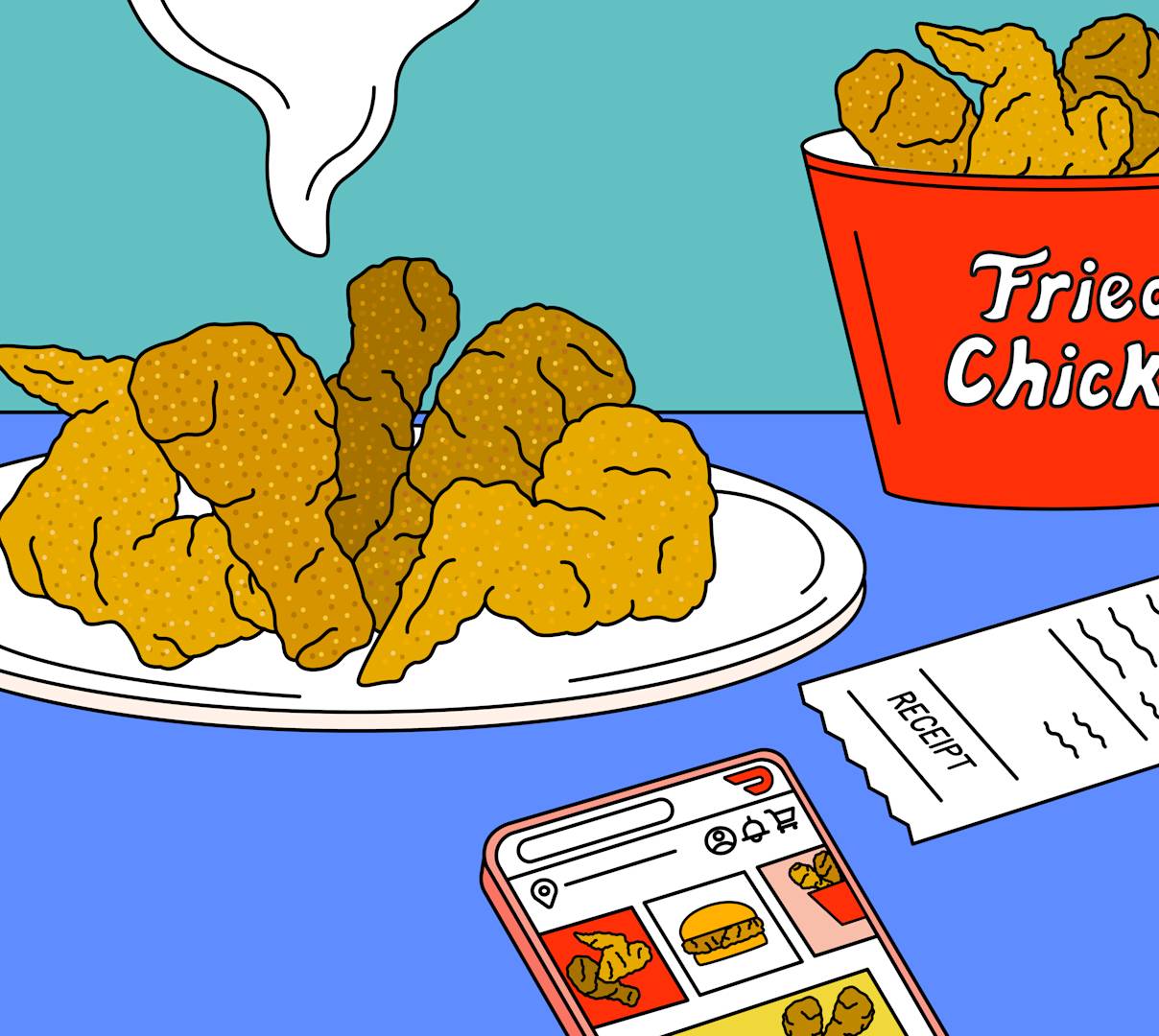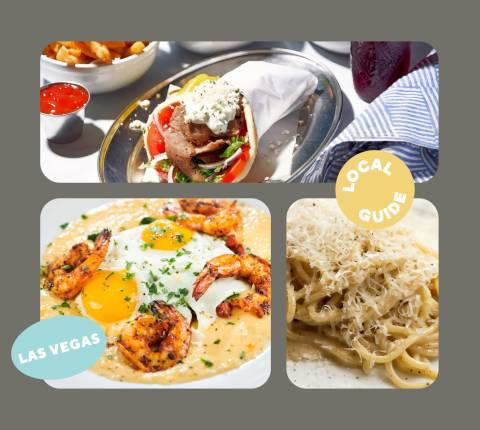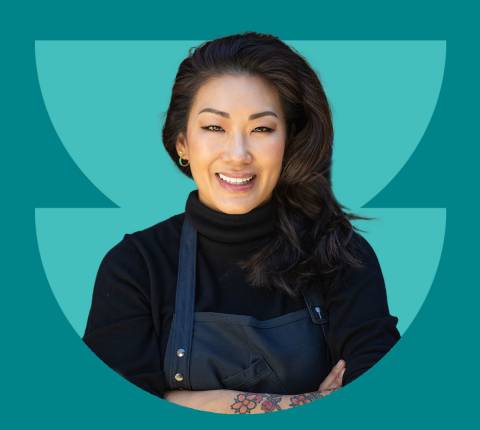*This article includes mentions of merchants or brands who are partners of DoorDash, and DoorDash may receive a commission if you choose to make a purchase from these merchants or brands.
It’s an age-old delivery problem: You place an order for fried chicken. You’ve been staring for 20 minutes at the perfect, crispy images on your DoorDash app. You’ve become obsessed with what promises to be the idealized version of the crunchy-juicy delicacies. You hit “Complete Order.” You wait. You drool. You sink into your hunger. And then it arrives. The reality sometimes lives up to the expectation... and sometimes does not.
This is the problem with fried food. It is the problem with fried chicken, in particular, because when fried food makes its journey from a kitchen to a takeout container to a bag to a delivery person to a bike or car to your house and then, finally, to your plate, it has to spend time in some kind of receptacle, and science tells us that the receptacle essentially undoes all of the hard work that the kitchen has done in its place. Fried chicken that is transported in a traditional plastic receptacle is essentially sitting around in its own greenhouse, generating steam, which is then raining down water onto itself.
If you want better fried chicken, what steps can you take to make it better when you’re placing an order? And what steps can restaurants take to make sure that your product is being delivered at the peak of its deliciousness? To find out, I spoke to some fried chicken experts.
1. Request Sauce on the Side

Sandwiches that are made with sauce, says Victor Santibanez, the executive chef of New York’s International Chicken Company, should be ordered with the sauce separately. “Make sure you do ask for the sauce on the side, and re-sauce at home,” he says. “Your experience will be most reminiscent of an in-restaurant lunch or dinner that way.”
2. Reheat With the Right Equipment

Santibanez also suggests reheating the chicken once it arrives at your home. “Remove the chicken from the sandwich or just place tenders on a sheet pan, and reheat in a 350-degree oven until it’s warm enough,” he says.
As far as reheating is concerned, Eric Huang, chef and founder of Pecking House, in Brooklyn, suggests using an air fryer, if available, to reheat fried chicken. “I probably owe them some money, because the air fryer resuscitates my food so much,” he quips.
Huang says a convection oven — that’s an oven with a fan in it, which helps circulate air — will also do the trick. “Air is a really good insulator,” he says. “It does not retain heat well. So moving the air around [with a fan] heats things more efficiently, more evenly. And the trace fat that is leftover in your fried foods will come back to life.”
3. Order From Fried Chicken Experts
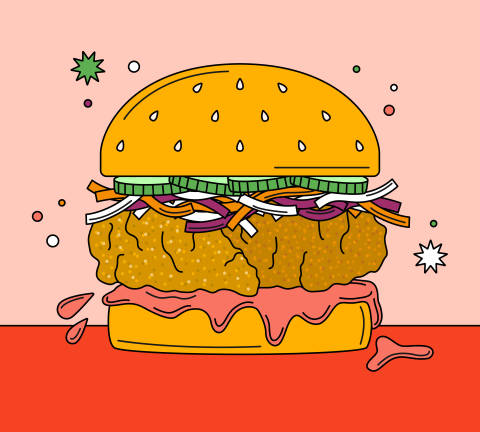
Both Santibanez and Huang agree that restaurants can do a lot to help consumers have a better fried chicken experience. When constructing their Alabama White Sandwich, Santibanez says, the International Chicken Company uses a specific method that ensures that the sandwich stays crispy, whether it’s enjoyed in the restaurant or at home. “We put the sauce on the bottom of the bread, and the tenders go on top of that,” he says. “The sauce doesn’t make it soggy.”
In making the chicken itself, Huang uses a product called EverCrisp, which is added to the dredge before frying. This modified starch actually restricts the flow of water and helps chicken retain its crunch.
Huang also employs a tactic that might feel counterintuitive: letting the chicken cool down before sending it out for delivery. “Most people don’t do it, because it requires changing systems,” he says. Most restaurant systems account for cooking food and getting it out the door ASAP — not all places can afford the cool-down time. “After it comes out of the fryer, a cool-down prevents a lot of steam and moisture [from building up], and letting it rest for five to ten minutes can be helpful. Fried food stays hot way longer than people realize.”
4. Know That Packaging Matters
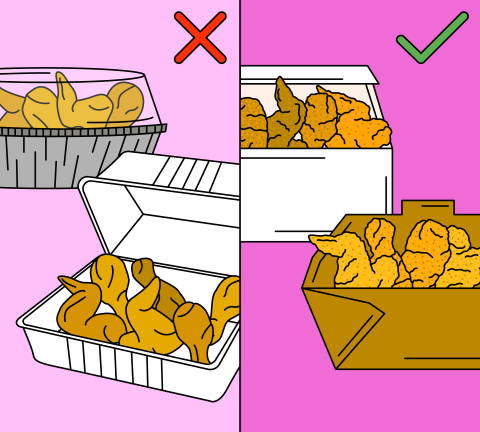
There is, too, the question of packaging, and how restaurateurs can navigate sending out better products through the use of better materials. During the pandemic, Huang invested in non-condensate packaging. “It’s vented, but, most importantly, water does not fall onto the surface, which would drop back down,” Huang says. “We’ve all seen that, sadly enough, with your standard plastic clamshells.”
Santibanez also notes the importance of packaging when it comes to keeping fried chicken crispy. “We designed our to-go packaging with experience in mind,” he says. “Our boxes [a BioPack product made from paperboard] keep the chicken more crispy than a plastic container. If you can help it, never order fried chicken to-go in a plastic container. The chicken will get moist and definitely lose its crunch.”
So don’t leave it up to chance. Make your preferences known. Don’t be afraid to tell the kitchen to hold your order for a few minutes. Find a spot with the right takeout containers. Hold the sauce. Reheat when necessary. And sink your teeth into the best delivery fried chicken you’ve ever tasted.
PHOTO CREDIT: Illustrations by Sam Twardy


